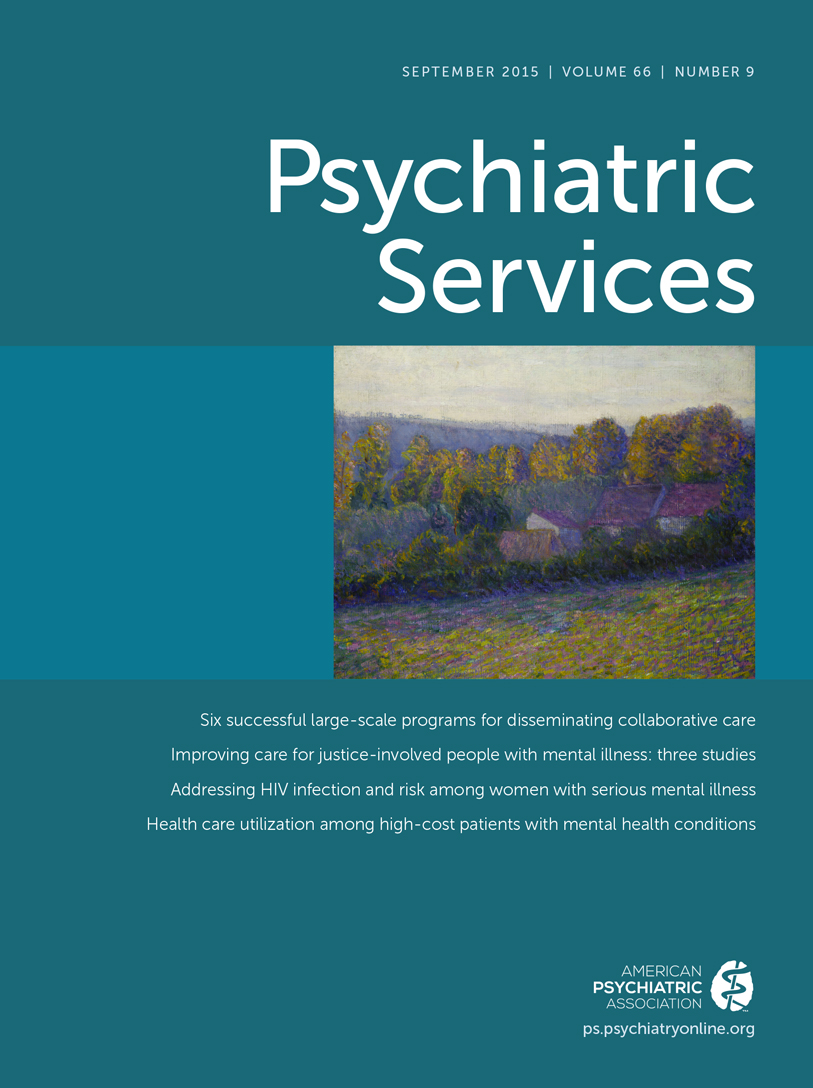From Boundary Spanning to Deep Partnerships
The overrepresentation of people with serious mental illness in the criminal justice system is indisputable. The criminalization hypothesis suggests that deinstitutionalization and the reduced availability of psychiatric inpatient beds has resulted in the criminalization of symptomatic mental illness, with people being “transinstitutionalized” into jails or prisons. However, the interplay between mental illness, substance use, and criminal behavior appears far more complicated than that. For instance, symptomatic mental illness directly explains only a small proportion of criminal behavior. A larger proportion results from the same factors that get persons in the general population into trouble with the law.
Given the scope and complexity of the overrepresentation problem, a broader conceptualization of its causes must be considered, and we should not restrict ourselves solely to the criminalization hypothesis. Instead, evidence suggests a need to shift to a “multiple risk” hypothesis, recognizing that the criminalization hypothesis may hold true for some individuals, at least some of the time, but that mental illness, substance use, criminogenic factors, and other social factors all contribute to criminal justice involvement.
Successfully addressing these multiple risks requires more than just collaboration across systems. The mental health and criminal justice systems share a target population of justice-involved people with mental illness who have diverse and complex needs. Mental illness should be expected among many served in the justice system, just as justice involvement should be expected among many community mental health clients. Thus the problem belongs to both the mental health and criminal justice systems, and our two systems should develop what we call “deep partnerships.” Deep partnerships go beyond coordinating efforts between systems and instead require a more complete integration of values, principles, and practices.
Developing such partnerships is not easy. Interrelated barriers include different professional orientations and languages and a lack of shared ownership of the problem and of programmatic solutions. Specifically, the criminal justice system values public safety, and the mental health and addictions systems focus on public health. Different professional orientations can create deep divides between the disciplines. Few of us “speak” both mental health and criminal justice, and probably fewer read each other’s literature. Thus this literature can be confusing because key words may have multiple meanings that are often undefined. “Risk” may refer to criminogenic risk, meaning the risk of recidivism, or perhaps to violence risk, suicide risk, or risk of psychiatric relapse and hospitalization. Understanding the type of risk being assessed is crucial for determining appropriate interventions. Intensive correctional supervision is best reserved for those with high or moderate criminogenic risk, but people in jail diversion programs may be selected because of high or moderate psychiatric risk, without consideration of their level of criminogenic risk. “Treatment” can have different targets, with correctional treatment addressing criminogenic risk factors and mental health treatment targeting symptoms and level of functioning. Further, the goals of such treatment may differ: correctional treatment seeks to reduce recidivism, whereas mental health and addiction treatment aims to prevent relapse, reduce symptoms, and improve functioning and quality of life.
Once we learn each other’s language, both systems should develop a shared mission that incorporates the values of public safety and public health. Buying into a shared mission is critical for developing shared ownership of programs. By this we mean that program implementation integrates the expertise of mental health, addictions, and criminal justice professionals who have equal investment in the success of the program. We propose that jail diversion programs such as mental health courts or crisis intervention teams will be most effective when all stakeholders identify the program as their own. Doing this requires that all parties do something different from business as usual. Shared ownership requires sharing power and control.
The concept of a boundary spanner has long been promoted in the literature as integral for successful jail diversion. In this issue, Skeem, Steadman, and Manchak are spanning disciplinary boundaries with their discussion of the risk-need-responsivity model. Such a model is of great interest to the mental health community and may provide an orienting framework for developing shared ownership. However, we believe that more than boundary spanning is necessary—we need to form deep partnerships. If boundary spanning can be seen as providing a translator for those who speak different languages, a deep partnership implies that all parties are multilingual. When we all speak the same language we can develop the shared vision and mission needed to form deep partnerships. Only then are we likely to successfully address the overrepresentation of people with mental illness in the justice system.



